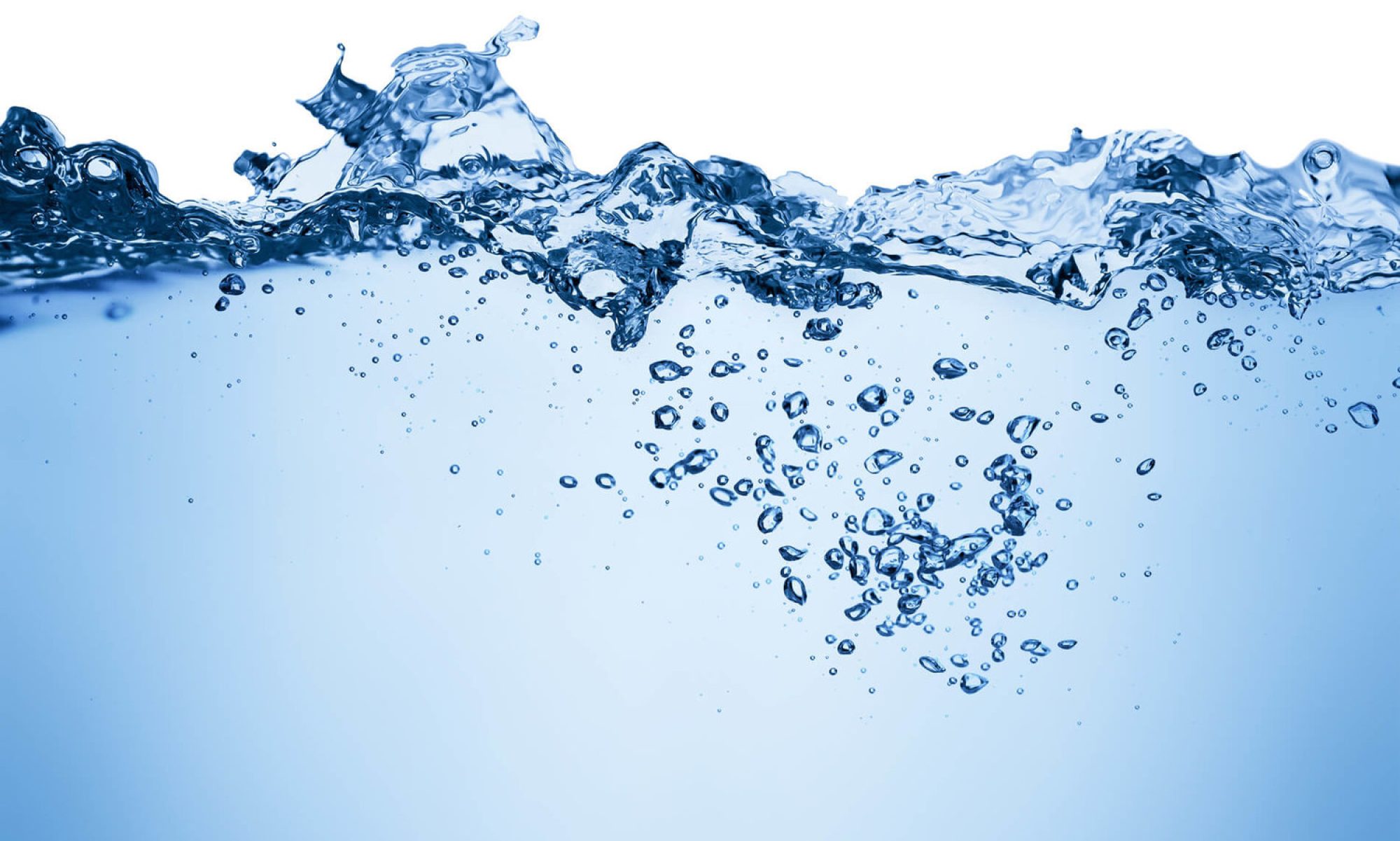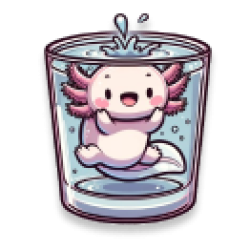What are the most significant risks that could jeopardize the success of the project? How are these risks being managed? What contingency plans are ready?
The most significant risk for our project is related to the sensors since the only way to verify that they will work as intended is to directly test them out on a microcontroller. Our main contingency plan is to come up with different sensors that we can use in case our primary plan does not work, such as an implementation of piezosensors instead of an ultrasonic to estimate volume of liquid in the water bottle.
• Were any changes made to the existing design of the system (requirements, block diagram, system spec, etc)? Why was this change necessary, what costs does the change incur, and how will these costs be mitigated going forward?
Most changes regarding the system were mostly hardware-related, as we found more sensors/utilities that we may potentially want for the product, such as a temperature sensor, gyroscope sensors, and even an OLED display and solar panels. These changes were mostly for battery purposes, and potential costs may include the need to waterproof these specific parts as well.
Part A: … with respect to considerations of public health, safety or welfare. Note: The term ‘health’ refers to a state of well-being of people in both a physiological and psychological sense. ‘Safety’ is the absence of hazards and/or physical harm to persons. The term ‘welfare’ relates to the provision of the basic needs of people. (Alan)
Welfare – encourage more water drinking, help people track, prevent health issues
Health – reading about sensors, following 3-A standards
Our bottle helps promote welfare by promoting more water drinking. The act of carrying a water bottle can increase water intake and hydration [1][2]. Given that most Americans (86%) drink less than eight sixteen ounce glasses of water per day, and 47% of Americans drink woefully little water, at less than three sixteen ounce glasses a day [3], increasing hydration could help prevent health issues among the population. This would be especially true with our smart bottle, that can track how much water a person drinks and motivate them with the social component of comparing their hydration levels with their friends.
As for health, we are carefully considering the materials we use. For sensors, we’ll abide by the 3-A standard – we are looking for sensors that have surfaces that are“smooth, non-porous, non-reactive, and easily cleaned” [4]. Similarly, we want a bottle that can be simply opened for cleaning, and be safely used in support. Reusable water bottles, when not properly cleaned, can accumulate dirt and mold [5], so we will make sure our bottle is easy to wash.
References:
1-https://flaske.com/blogs/news/stay-hydrated-refill-a-reusable-bottle
2-https://www.ncbi.nlm.nih.gov/pmc/articles/PMC3103565/
4-https://www.omega.com/en-us/resources/3a-sensors-sanitary-applications
5-https://www.allrecipes.com/the-repulsive-situation-in-your-reusable-water-bottle-lid-7553197
Part B: … with consideration of social factors. Social factors relate to extended social groups having distinctive cultural, social, political, and/or economic organizations. They have important to how people relate to each other and organize around social interests. (Erin)
With the recent Stanley and Hydroflask trend, people have been more and more concerned about their hydration levels. Many people have brought into this trend and Stanley has made over $750 million from water bottle sales. On Tik tok and instagram, people have begun advertising their “It Girl” lifestyle which is an extremely healthy lifestyle that includes a early wake up, healthy eating, working out, and staying hydrated. The need to become like these influencers have caused a craze to buy these bottles.
Our bottles will also fit into this social need. With a cute aesthetic to the app and a well designed bottle this could be easily advertised as part of the it girl lifestyle. We hope that we can support this demographic’s hydration goals by allowing them to better track their intake. Instead of figuring how many Stanley refills are 8 glasses of water and if they counted that matcha latte, we will be able to track that all for them. The social media aspect of this app will also be beneficial for the gamification and social connection for users. We hope that we can make this bottle accessible cost wise and safe for use especially since the user base can be young teens or young adults.
Part C: … with consideration of economic factors. Economic factors are those relating to the system of production, distribution, and consumption of goods and services. (Matthew)
Our product helps promote reusability. Rather than having to use one-time cups and discard them, it would be far more efficient to have a bottle to reuse which could also potentially keep track of the liquid being consumed.
Such usage can help reduce the amount of plastic/paper being wasted for one -time use, leading to more efficient usage of limited resources rather than wasting production costs. Furthermore, the reusable water bottle market has been headed towards a steady upwards trend, making a total of 8.3 billion dollars in 2020 with an estimated growth of 4.8 percent per year. This implies that there is a constant demand for reusable water bottles, and it is only fitting for a high-tech water bottle, with several consumer-friendly notifications to perform well in that market.
The product may not just directly impact the water bottle market, but other markets as well, such as the gym industry. The gym industry is all about achieving personal accomplishments, and the introduction of the smart water bottle can help them accurately keep track of the amount of water/liquid
that they actually intake to keep up with hydration goals. Therefore, consumption of this product would primarily be correlated to the people who are willing enough to keep track of their hydration. This is not an issue of concern, as the gym industry is also a growing market, with around 180 million
gym memberships, and is estimated to grow by 7 percent each year. Since the product will be part of a growing market, and also targets members who are part of a growing industry, this product can easily be distributed with the help of well-placed advertising

